Water Balance and Hydrangea
Research Update January 2023, powered by FloraLife
Garry Legnani, Ph.D. – Senior Postharvest Scientist, FloraLife

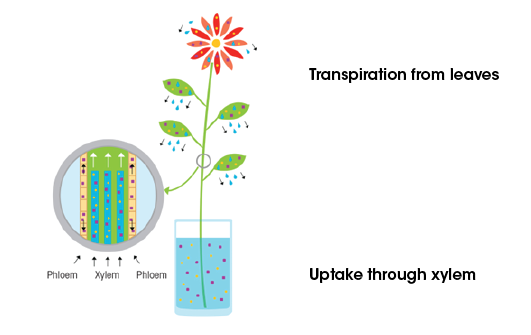
Cut hydrangea is one type of flower in which water balance is critical. Its large leaves contains a lot of surface area for transpiration. Often, a vase with multiple stems of hydrangeas will have a flower that inadvertently wilts while the rest of the flowers look hydrated and healthy. We wanted to investigate the role of hydrangea foliage in transpiration and determine if foliage is necessary for water uptake.
Methods: Cut Hydrangeas were received from a grower in Colombia. One set of stems were processed leaving one set of fully expanded leaves while another set of stems had all the leaves removed. All stems were re-cut, weighed, and placed in vases of FloraLife® Universal Flower Food. Vase solution uptake (ml/ gram FWT) was determined for each treatment after 24, 72, and 120 hours along with vase life and the percentage of flowers wilted after 10 days.
Results:
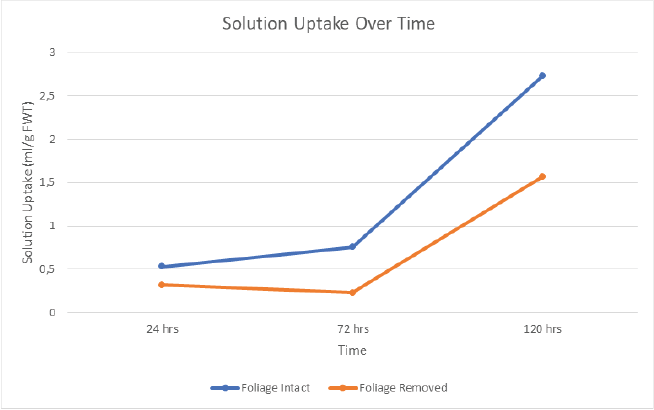
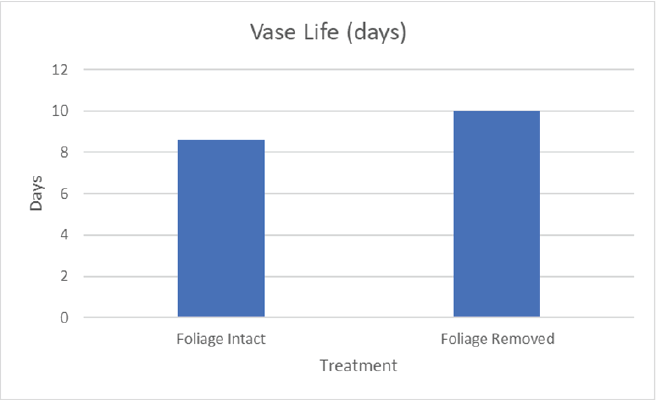
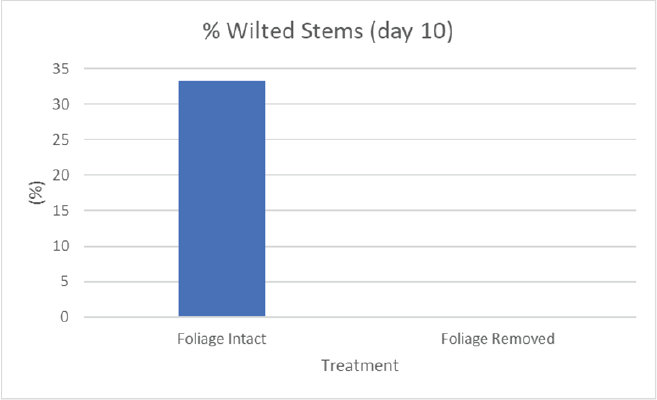
Conclusions:
- Hydrangea foliage was not required for solution uptake suggesting that transpiration is also occurring through the bracts (flowers).
- Solution uptake was reduced when foliage was removed, but remained high enough to keep flowers hydrated.
- Vase life increased by approximately 1.5 days when foliage was removed.
- 33% of flowers showed signs of wilting by day 10 when foliage was left intact while 0% of flowers displayed wilting when foliage was removed.
- It is recognized that hydrangea foliage contributes to the flower’s aesthetics; however, based on these data, it is recommended that florists should not leave more foliage than necessary for aesthetic appeal.
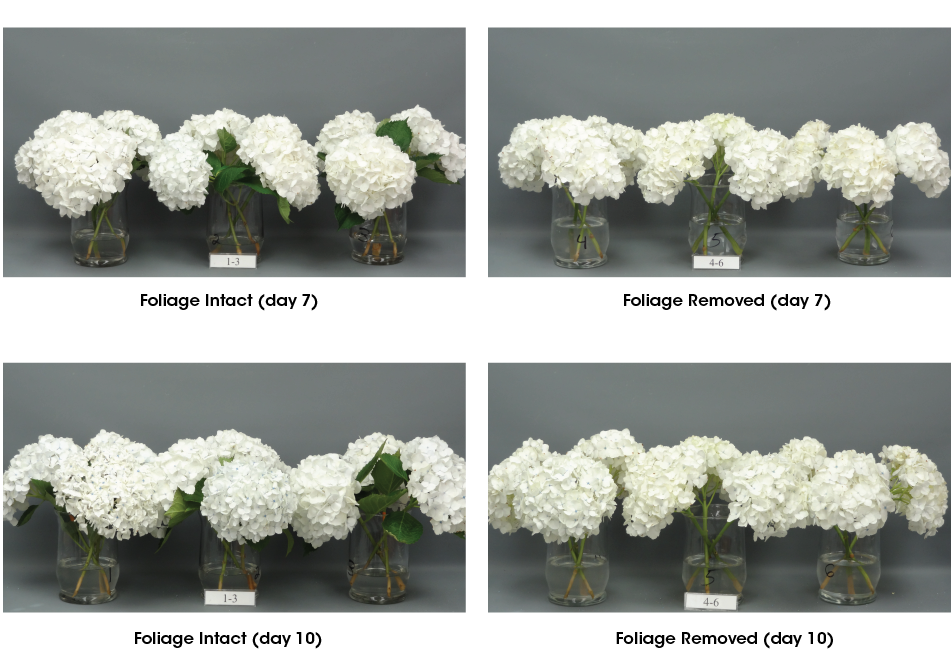
*Product availability depends upon geographical region. Check here for more information.
